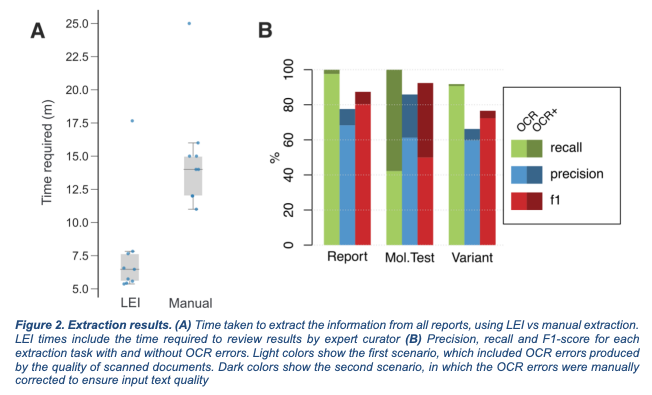🚀 New Preprint Alert!
I’m excited to share that our latest work, and FIRST PREPRINT FROM THE COURTOT LAB - “LLM-based data extraction for a large cancer registry, the Ontario Hereditary Cancer Research Network,” has just been published on medRxiv.

In this study, we leverage large language models (LLMs) to automate data extraction workflows for the Ontario Hereditary Cancer Research Network—pushing forward the boundaries of scalable, accurate, and efficient health informatics in oncogenomics.
A huge thank-you to my co-authors from the Courtot lab: Andrés Felipe Melani De La Hoz , alumni Pratham Hemlani and Jochen Weile . Our amazing Ontario Hereditary Cancer Research Network (OHCRN) collaborators: Elif Tuzlali, Harriet Feilotter, Lauren Hughes, Raymond Kim and Jordan Lerner-Ellis. With help from Brandon Chan from Genome Informatics, and collabroating faculties Lincoln Stein and Benjamin Haibe-Kains. Finally thanks to our genomic labs partners: Kathy Chun, Daria Grafodatskaya, Sarah Ridd, Laila Schenkel, Amanda Smith, Andrea Vaags and Hong Wang, and many others who made this work possible!
🔗 Read the paper here.
Looking forward to feedback and next steps toward publication!


